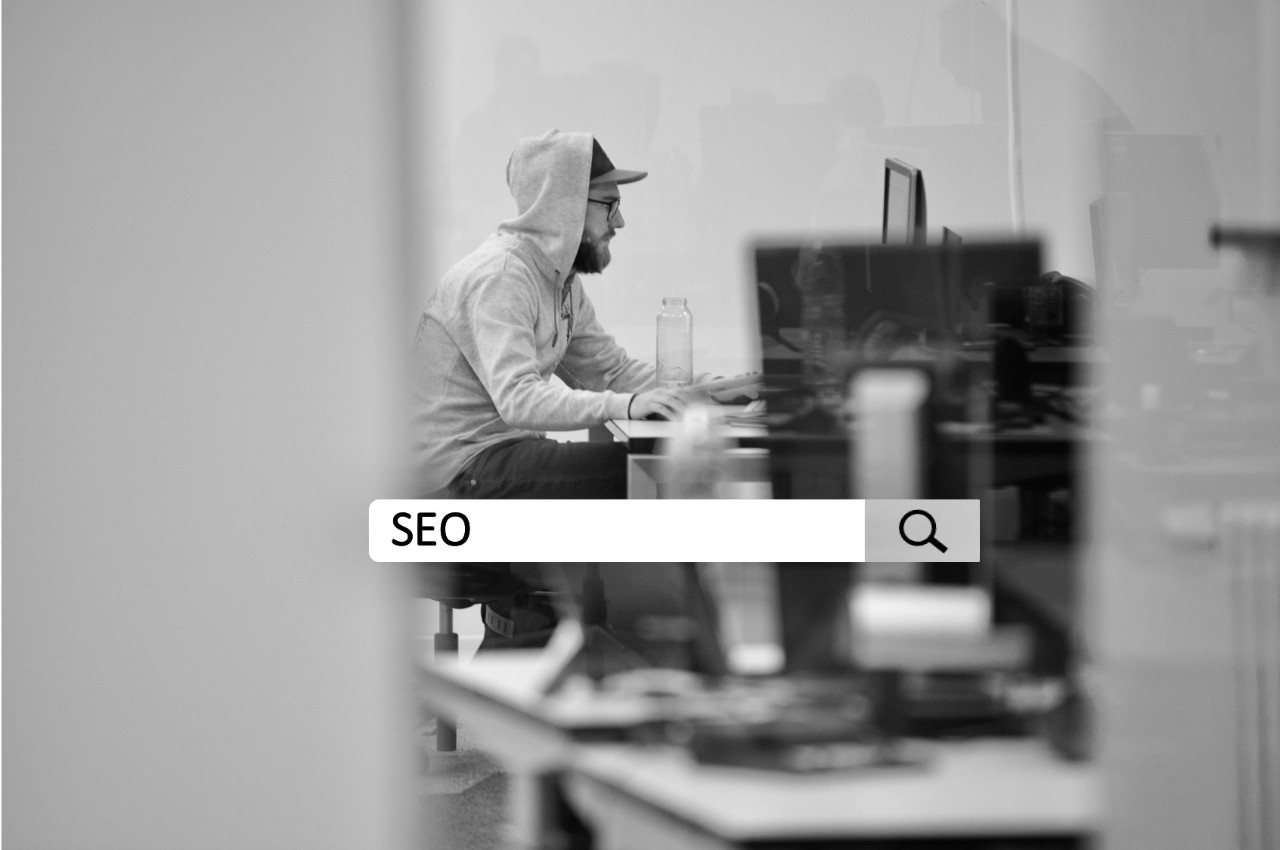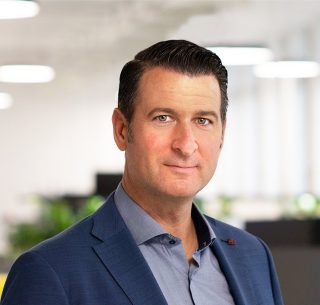
SEO - On/Offpage Optimization
SEO - On/Offpage Optimization
In this post we will give a rough overview of SEO. What is SEO? What do I need SEO for? What are the differences between On- and Offpage Optimization? And, does it bring entrepreneurial progress?
What is SEO?
SEO is an abbreviation for search engine optimization. In other words, the optimization of one's own or a company's website for providers such as Google or Bing. With the help of this it can be made possible that the page is displayed in the list of search results in the front place. By and large, it can be divided into two areas. On the one hand, the onpage optimization, where the main focus is on the technical and content development. On the other hand, in the offpage, which refers to external links.
Captivating instead of text desert
Boring texts with a high keyword density were yesterday. Nowadays, you should pay attention to good, informative content for the visitor. A well-written and topic-based text is a much greater added value for the user than purely keyword-oriented information. These do not captivate a user and this is likely to result in a high bounce rate. In combination with images, the user stays on the page for a longer period of time.
Order is the key
The technical aspect should also not be overlooked. The connection of a clean HTML structure with the required attribute tags makes it easier for the robots of the search engine providers, as well as the relevant readers for accessibility, to recognize and evaluate the HTML tags, such as the ALT tag for images or the TITLE tag for links. The best way to do this is to adopt and adhere to the normal formatting of paragraphs and headings or subheadings for articles and pages. In addition, the META tag "description" should be meaningful, with a reference to the searched keyword and topic. Of course there are some more tags and attributes which should be considered. However, this would go too far in depth and go beyond the scope of this article.
Memorable and thematic
The technical aspect should also not be overlooked. The connection of a clean HTML structure with the required attribute tags makes it easier for the robots of the search engine providers, as well as the relevant readers for accessibility, to recognize and evaluate the HTML tags, such as the ALT tag for images or the TITLE tag for links. The best way to do this is to adopt and adhere to the normal formatting of paragraphs and headings or subheadings for articles and pages. In addition, the META tag "description" should be meaningful, with a reference to the searched keyword and topic. Of course there are some more tags and attributes which should be considered. However, this would go too far in depth and go beyond the scope of this article.
Guide through the website
When we talk about a guide, we do not mean the typical tourist guide. Nevertheless, one can already think in the direction. You should "take the visitor by the hand" and show him where he is currently located. A so-called "breadcrumb", or page navigation, is particularly suitable for this. This reflects the URL structure. It is also a good idea to include additional internal links within the article or page. Thus, the user can dive deeper into the relevant topics and good deep links are never wrong for a successful low bounce rate.
"Wait! I'm going to get a coffee"
Who doesn't know it? You sit in front of the computer and actually just want to get certain information. Only the loading time of the page does not like as much as you would like. It feels like you could drink several coffees, walk the dog or go on a trip around the world in that time. Normally, they say anything over 1-2 seconds loading time tempts the visitor to leave the page. Which is again negative for the bounce rate. Here it is recommended to evaluate his website with Google Pagespeed Insights (Link: https://developers.google.com/speed/pagespeed/insights/) and implement the advice. Furthermore, it would make sense to display the images in a different resolution depending on the device the user is using. This saves data volume and the own website loading speed.
"Responsive design? Can you eat it?"
In the wake of the age of smartphones and mobile internet, there's no denying that over 60% of internet users now browse using a smartphone. Which is why search engine providers are increasingly looking at how the mobile view of the website is designed and the usability. The keyword here is "mobile first". During development, care should be taken to ensure that the view for smartphones is implemented and optimized first.
Backlinks, quality instead of quantity
Backlinks are links that point from external pages to your own. However, one should be aware, here counts quality before quantity. It makes more sense to choose business directories or topic-specific portals and make company entries here, for example. The better known the external page, or the portal are the better. Each link has a link power, also called link juice, which it passes on to the linked page. So if you get a backlink from a large page, this means of course for the search engine, which seems to have some relevance to the topic. Which of course also affects your own ranking.
Conclusion: If you consider the above points, you already have a good basis on which you can build. Of course, there are still quite a few pages on each topic, which lead you deeper into the matter of SEO. It is advisable, however, not to immediately pick up every trend and imitate. Mostly, the algorithms are adapted faster than you think and you quickly forfeit your hard work.

